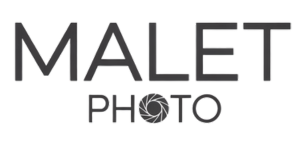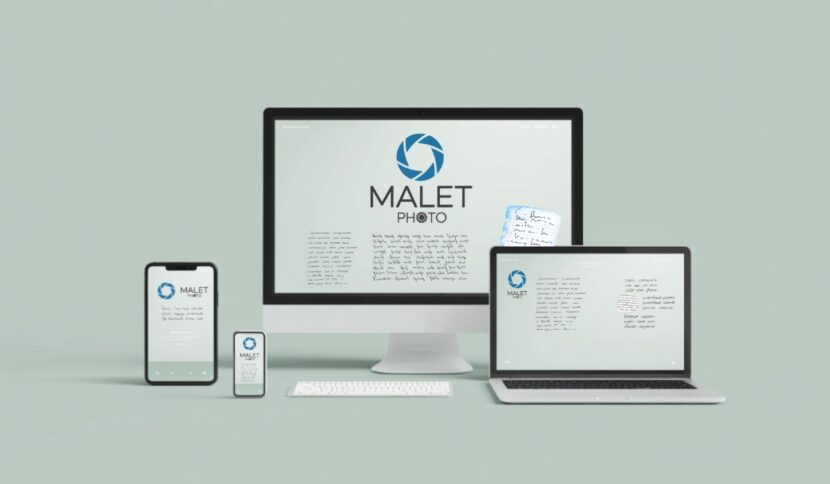Logo sizing has become more critical than ever in today’s multi-platform digital environment.
Each social network, website, and print medium has its own requirements, and ignoring those differences can result in pixelation, awkward cropping, or inconsistent brand presentation.
An optimized logo ensures clarity, professionalism, and recognizability across every channel.
Let us talk about the perfect logo size for different platforms in greater detail.
Social Media Logo Size Guide (Platform-by-Platform)
Brand presentation across social media defines how audiences perceive credibility and professionalism.
Every platform applies its own image compression and display algorithms, which means one-size-fits-all logos often appear cropped, pixelated, or distorted.
Precise dimensions ensure every version of a logo looks polished, readable, and aligned with the platform’s layout.
| Platform | Profile | Header/Cover | Post/Story |
|---|---|---|---|
| 320×320 | 851×315 | 1200×630 | |
| 320×320 | — | 1080×1920 | |
| X | 400×400 | 1500×500 | 1080×1350 |
| 400×400 | 1584×396 | 1080×1350 | |
| YouTube | 800×800 | 2560×1440 | 1280×720 |
| 165×165 | — | 1000×1500 | |
| Threads | 320×320 | — | 1200×600 |
| TikTok | 200×200 | — | 1080×1920 |
| Bluesky | 400×400 | 1500×500 | 1200×627 |
Why Logo Size Matters More Than Ever in 2025
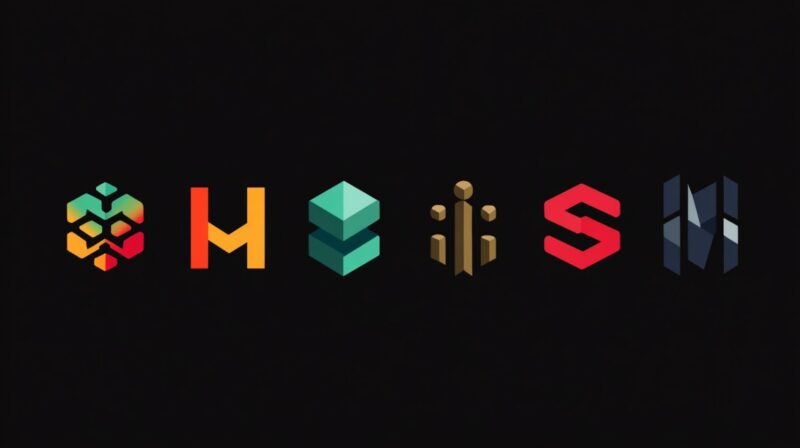
Visual consistency across all digital spaces is a foundation for brand trust. When a company maintains proper logo proportions, audiences instantly recognize it, no matter the context.
Poor sizing, on the other hand, can distort brand perception. Nothing undermines credibility faster than a stretched or pixelated logo.
Optimized sizing also improves engagement metrics. Users are more likely to interact with polished visuals that load quickly and display properly on every device.
Mobile optimization has made scalable, responsive design a necessity, as search engines now prioritize adaptable site design.
Vector formats like SVG and AI have become essential for maintaining clarity. Raster files, such as PNG or JPEG, can lose sharpness when resized, while vector graphics scale infinitely without quality loss.
Choosing the right file type ensures both brand integrity and technical compatibility across all media.
Key Logo File Formats to Use
Vector-based formats, SVG, AI, and EPS, are the preferred standards for professional use. They offer unmatched scalability, making them ideal for print materials, banners, and high-resolution displays. No matter how large the logo appears, edges remain crisp and defined.
Raster formats, PNG and JPEG, are best reserved for digital spaces like websites and emails.
PNGs are particularly valuable for logos with transparent backgrounds, ensuring versatility when placed over varied color schemes. JPEGs, while smaller in file size, are less suited for logos that require transparency or sharp contrast.
SVG has quickly become the go-to format for modern websites due to its lightweight structure and adaptability to responsive design. A transparent PNG is ideal for overlays, social graphics, and emails where consistent background integration is essential.
- SVG/AI/EPS: Ideal for print, web headers, or scalable digital media
- PNG: Best for transparency and light digital use
- JPEG: Efficient for general online visuals without transparency
Website & Digital Branding Sizes
A strong digital presence demands careful attention to logo sizing across every touchpoint.
Website headers, footers, favicons, and email signatures all contribute to a consistent visual identity.
A logo that is too small can disappear, while one that is oversized can disrupt balance and readability.
Proper proportions maintain harmony, professionalism, and brand recognition on every screen size.
Favicon
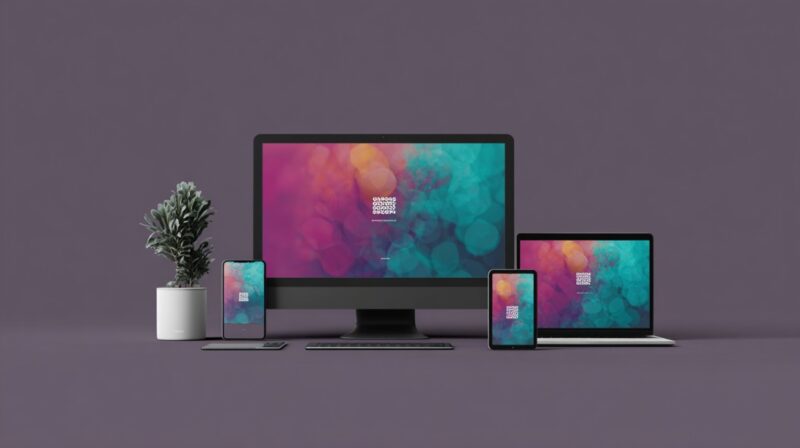
Favicons serve as miniature brand ambassadors, appearing in browser tabs, bookmarks, and search results.
Even though they are small, they must remain legible and visually aligned with the main design. Clean, simplified versions perform best in this space.
- Sizes: 16×16, 32×32, and 48×48 px
- Formats: .ico or .png
Design tips:
- Simplify intricate elements for clarity
- Use a strong contrast between colors
- Test on light and dark browser themes
A recognizable favicon creates a subtle but powerful reinforcement of brand identity during online browsing.
Header Logo
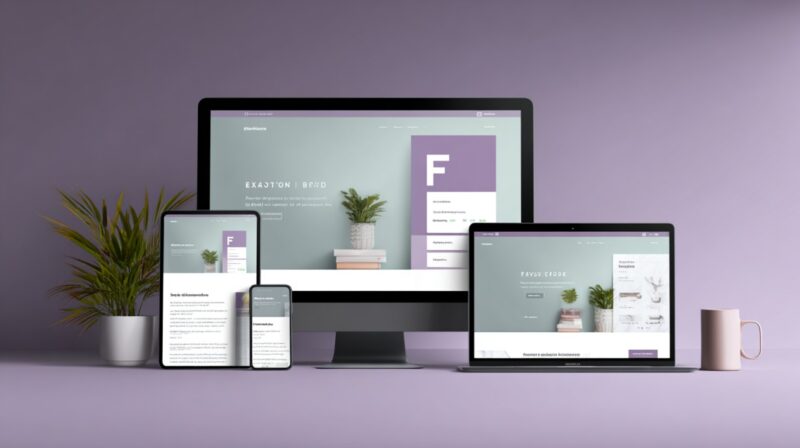
A website’s header is often the first visual touchpoint for visitors, making logo placement and proportion essential.
A well-balanced height ensures visibility without overwhelming navigation or distracting from content.
- Ideal size: Around 250 x 100 px
- Best format: SVG for flexibility and scalability
Design tips:
- Ensure legibility on both desktop and mobile
- Maintain consistent padding between logo and navigation links
- Use responsive design tools to test resizing across devices
An SVG format guarantees sharpness on high-resolution screens while maintaining fast load times, crucial for SEO and user experience.
Footer Logo
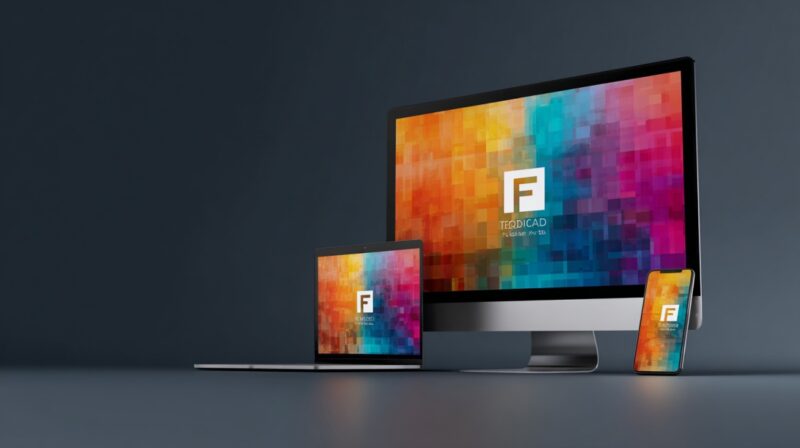
Footers provide a secondary placement opportunity for logos, less dominant yet equally valuable for branding continuity.
A smaller, simplified version keeps the layout elegant while reinforcing recognition at the bottom of a page.
- Suggested size: 160 x 60 px
- Preferred style: Monochrome or minimalist variant
Design tips:
- Maintain spacing consistency across all pages
- Match logo tone with footer background color
- Use contrasting shades to ensure visibility
A simplified footer logo improves site cohesion and provides a refined finishing touch to the overall design.
Email Signatures
Professional emails act as brand extensions, and an optimized logo ensures every message leaves a polished impression.
Overly large images slow down loading times, while undersized logos can appear blurry or insignificant.
- Ideal size: 300 x 100 px (maximum width)
- Best format: Compressed PNG
Design tips:
- Avoid transparent backgrounds in dark-mode emails
- Maintain appropriate spacing from text and contact info
- Test across multiple email clients for consistent rendering
A clean, lightweight logo helps maintain visual balance in correspondence while ensuring fast delivery and compatibility.
Print & Merchandise Logo Sizes

Print materials remain vital for tangible brand visibility. Proper logo sizing and format selection safeguard quality across different media.
Every item, from a small business card to a massive billboard, requires precise adaptation to maintain design integrity.
- Business Cards:
- Logo should occupy 15–25% of the total card space
- Maintain 300 DPI for optimal print sharpness
- Letterheads:
- Logo approximately one-eighth of page width
- Use high-resolution PNG or EPS files
- Billboards:
- Utilize AI or EPS for edge preservation
- Simplify colors and avoid detailed elements for readability
- Merchandise (T-shirts, mugs, packaging):
- Employ vector formats for scalability
- Follow vendor specifications to ensure accurate print placement
Key tips for print success:
- Keep logos in CMYK color mode for true-to-print hues
- Avoid raster-based images on large surfaces
- Test sample prints before bulk production
Consistency in print design reinforces professionalism and prevents visual degradation across different materials.
Tools for Resizing & Managing Logo Assets
Maintaining a central library of variations ensures brand accuracy and saves valuable time during design workflows.
Modern tools make resizing, exporting, and version management more efficient for teams and individuals alike.
View this post on Instagram
- Canva: Simple, quick resizing and exports for non-designers
- Figma: Collaborative, web-based tool suitable for teams and ongoing projects
- Photoshop/GIMP: Ideal for raster image refinement, background control, and compression adjustments
- Logo Diffusion: AI-powered solution offering automatic resizing, vector exporting, and background removal
Benefits of a centralized logo toolkit:
- Guarantees consistent use across departments and platforms
- Reduces duplication and outdated assets
- Streamlines collaboration between design, marketing, and print vendors
Building a unified logo management system ensures every visual interaction, digital or physical, projects a polished, professional brand identity.
Note: Canva is, personally, my favourite tool for photo and logo editing!
Summary + Action Plan
Consistent logo sizing guarantees professional presentation and better engagement across platforms.
Begin by auditing how your logo currently appears across social media, web, and print. Create a standardized logo file package containing SVG, PNG, and EPS formats.
Upload properly sized variations tailored to each platform. Schedule quarterly reviews to adjust for updates in social media requirements and evolving display standards.
Staying informed through resources like Buffer and design industry blogs ensures long-term brand consistency and visual excellence.
